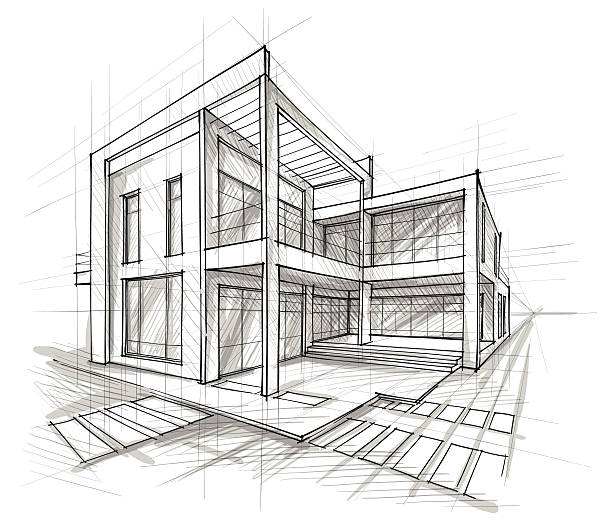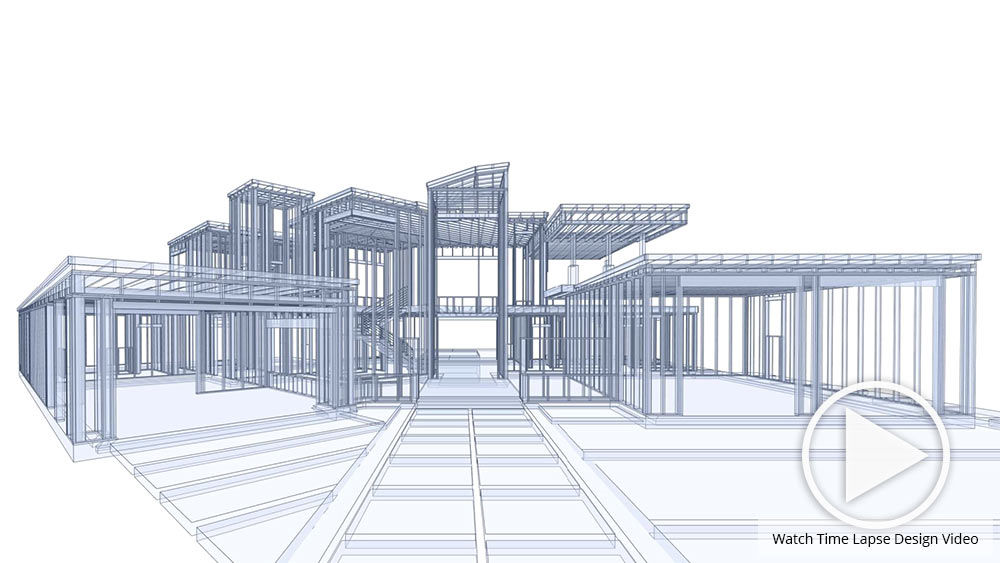Discover Award-Winning Tasks by Renowned CDA Architects
The Influence of Technological Advancements on the Design Practices of Contemporary Architects
The quick evolution of technical tools has dramatically reshaped the style landscape for modern engineers, fostering unprecedented levels of development and sustainability. Checking out these characteristics discloses a nuanced interplay in between modern technology and standard layout methods, triggering a closer examination of what the future holds for building techniques.
Evolution of Architectural Devices
Just how have building devices transformed the layout and building and construction procedures over the centuries? The evolution of architectural tools has actually substantially impacted the performance, accuracy, and creative thinking of style and construction.
With the advent of the Renaissance, the introduction of the compass and the protractor marked a crucial shift. These tools made it possible for engineers to accomplish greater accuracy in their layouts, promoting the development of even more elaborate and proportionate structures (cda architects). The Industrial Revolution additionally reinvented architectural technique with the intro of mechanized devices and products, permitting larger and more enthusiastic jobs
In the 20th century, the development of computer-aided design (CAD) software transformed the landscape once again, giving architects with extraordinary abilities in modeling and visualization. Today, advanced devices such as Building Info Modeling (BIM) and parametric layout software program remain to press the limits of building technology, allowing an extra integrated strategy to design and building and construction procedures.

Boosted Cooperation in Design
As innovation continues to advance, improved cooperation in layout has actually become a keystone of modern architectural practice. The integration of digital tools such as Structure Info Modeling (BIM), cloud-based platforms, and advanced visualization software program has actually changed the method engineers, engineers, and stakeholders engage throughout the style process. These tools facilitate real-time interaction, allowing groups to share ideas, alterations, and comments instantaneously, regardless of geographical location.
Furthermore, online truth (VIRTUAL REALITY) and increased fact (AR) have more enriched collaborative efforts by making it possible for immersive experiences that permit clients and staff member to envision jobs in a more engaging way. This level of interaction not only improves understanding but additionally cultivates a feeling of ownership among stakeholders, causing even more enlightened decision-making.
Furthermore, interdisciplinary cooperation has been streamlined via these technical improvements, enabling engineers to work extra carefully with various other professionals, such as urban coordinators and environmental experts. The result is a more cohesive approach to develop that thinks about various perspectives and proficiency. Eventually, improved collaboration in style is not simply a pattern; it is crucial for producing ingenious, useful, and aesthetically pleasing architecture in a significantly complicated world.
Sustainability With Innovation
Sustainability in style has progressively become linked with technical technology, driving the sector toward environmentally liable methods - cda architects. Contemporary architects are leveraging innovative innovations to decrease environmental effect while boosting the performance of buildings. One noticeable example is using Building Information Modeling (BIM), which permits precise preparation and resource allocation, minimizing waste during building and construction and advertising energy effectiveness throughout a building's lifecycle
Additionally, smart materials and energy-efficient systems are being integrated right into layouts to optimize source use. Technologies such as solar cells and green roofing systems harness renewable resource sources, contributing to minimized carbon impacts. Additionally, the application of man-made intelligence in layout procedures makes it possible for architects to replicate and assess power usage, assisting choices toward even more lasting outcomes.
The assimilation of lasting modern technologies not just lines up with worldwide ecological goals yet also satisfies an enhancing demand from consumers for environmentally friendly solutions. As designers accept these innovations, the focus moves towards developing rooms that are not only visually pleasing however likewise functionally lasting, thus redefining the criteria of modern-day style. In this way, modern technology functions as a catalyst for sustainability, making it possible for designers look here to develop structures that regard and enhance the native environment.
Obstacles in Application
While technological innovations in style hold terrific promise for boosting sustainability, their execution commonly encounters significant difficulties. One main challenge is the high knowing curve associated with brand-new innovations. Engineers and building specialists might require comprehensive training to effectively use advanced software program and tools, which can delay task timelines and enhance costs.
In addition, the combination of arising innovations, such as Structure Info Modeling (BIM) and sustainable materials, frequently demands partnership throughout multidisciplinary teams. This collaboration can be hindered by distinctions in competence, process, and Visit This Link interaction styles, bring about prospective conflicts and inefficiencies.
Financial restraints even more complicate the fostering of cutting-edge innovations. Many architectural firms, especially smaller ones, may lack the resources to spend in cutting-edge tools, limiting their ability to take on bigger firms that can pay for such financial investments.
In addition, regulative frameworks and structure codes might not keep rate with technological innovations, producing uncertainty and prospective conformity problems. This obstacle can prevent engineers from fully embracing brand-new modern technologies, as the danger of non-compliance may exceed the advantages. Therefore, addressing these application challenges is vital for the successful combination of technical developments in contemporary architectural techniques.
Future Trends in Architecture
The difficulties related to the application of brand-new modern technologies in architecture have actually prompted a reevaluation of future fads within the industry. As engineers navigate problems such as sustainability, urbanization, and social equity, they are significantly adopting ingenious modern technologies to enhance design performance and environmental performance.
One popular pattern is the integration of expert system (AI) in the layout procedure. AI tools can examine vast datasets to inform style decisions, boosting both creative thinking and performance. Structure Information Modeling (BIM) proceeds to develop, enabling real-time partnership amongst stakeholders and helping with structured task monitoring.
Lasting style practices are also gaining energy, with architects focusing on flexible reuse and regenerative design principles that reduce resource usage and waste. The Get More Info consolidation of smart products and eco-friendly power resources will certainly even more boost the strength of buildings when faced with climate modification.
In addition, the rise of parametric style permits for more individualized and context-sensitive architectural remedies. By utilizing these improvements, architects are positioned to create constructed atmospheres that not only attend to the immediate demands of society yet likewise anticipate future obstacles, thus redefining the role of design in an ever-changing world.
Verdict
